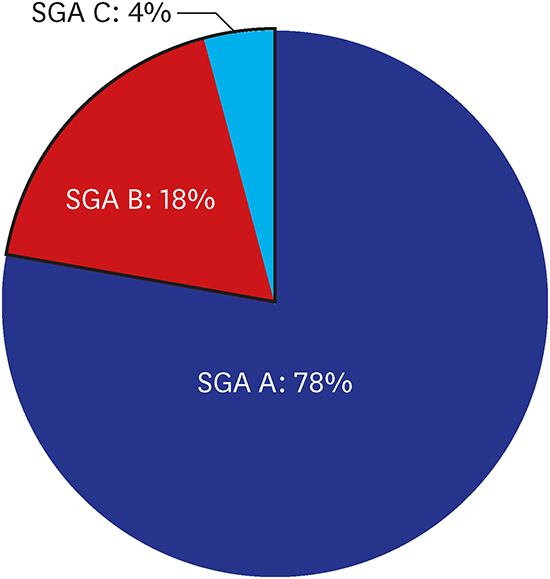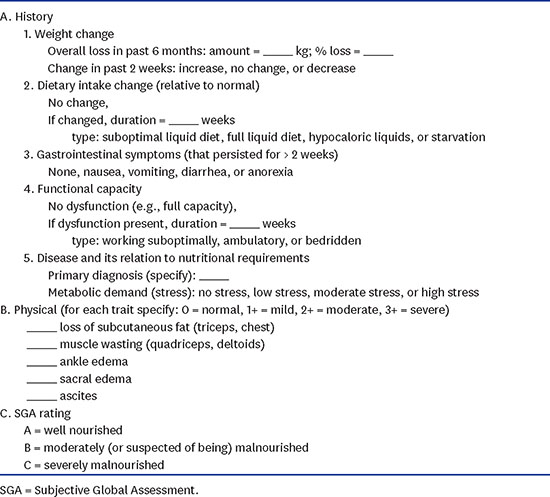1Department of Surgery, Soonchunhyang University Seoul Hospital, Seoul, Korea.
2Department of Surgery, University of Ulsan College of Medicine, Gangneung Asan Hospital, Gangneung, Korea.
3Department of Surgery, Keimyung University Dongsan Medical Center, Keimyung University School of Medicine, Daegu, Korea.
4Department of Internal Medicine, Chungnam National University Hospital, Daejeon, Korea.
5Department of Surgery, International St. Mary's Hospital, Catholic Kwandong University College of Medicine, Incheon, Korea.
6Division of Colorectal Surgery, Department of Surgery, St. Paul's Hospital, The Catholic University of Korea College of Medicine, Seoul, Korea.
7Department of Surgery, Daegu Fatima Hospital, Daegu, Korea.
8Department of Internal Medicine, Bundang Jesaeng Hospital, Seongnam, Korea.
9Division of Pediatric Surgery, Department of Surgery, Samsung Medical Center, Sungkyunkwan University School of Medicine, Seoul, Korea.
10Department of Surgery, Soonchunhyang University Cheonan Hospital, Cheonan, Korea.
11Division of Gastroenterology, Department of Internal Medicine, Pusan National University College of Medicine, Busan, Korea.
12Department of Surgery, Hallym University Dongtan Sacred Heart Hospital, Hallym University College of Medicine, Hwaseong, Korea.
13Division of Gastrointestinal Surgery, Department of Surgery, Kosin University College of Medicine, Gospel Hospital, Busan, Korea.
14Department of Statistics, Dongguk University, Seoul, Korea.
15Department of Surgery and Cancer Research Institute, Seoul National University College of Medicine, Seoul, Korea.
16Department of Surgery, Chonbuk National University Medical School, Jeonju, Korea.
17Department of Surgery, Konkuk University School of Medicine, Seoul, Korea.
18Department of Surgery, Yonsei University College of Medicine, Seoul, Korea.
19Department of Surgery, Korea University Anam Hospital, Korea University College of Medicine, Seoul, Korea.
20Nutrition Team, Kyung Hee University Medical Center, Seoul, Korea.
21Division of Gastroenterology and Hepatology, Department of Internal Medicine, Konyang University College of Medicine, Daejeon, Korea.
22Department of Burn Surgery and Critical Care, Burn Center, Hallym University Hangang Sacred Heart Hospital, Hallym University College of Medicine, Seoul, Korea.
23Department of Internal Medicine, Chungbuk National University College of Medicine, Cheongju, Korea.
24Department of Surgery, Jeju National University Hospital, Jeju, Korea.
25Division of Gastroenterologic Surgery, Department of Surgery, Chonnam National University Hwasun Hospital, Hwasun, Korea.
26Department of Surgery, Gyeongsang National University Hospital, Jinju, Korea.
27Department of Food and Nutrition, Yeonsung University, Anyang, Korea.
28Division of Acute Care Surgery, Department of Surgery, University of Ulsan College of Medicine, Asan Medical Center, Seoul, Korea.
 ).
).








 PDF
PDF Citation
Citation Print
Print





 XML Download
XML Download